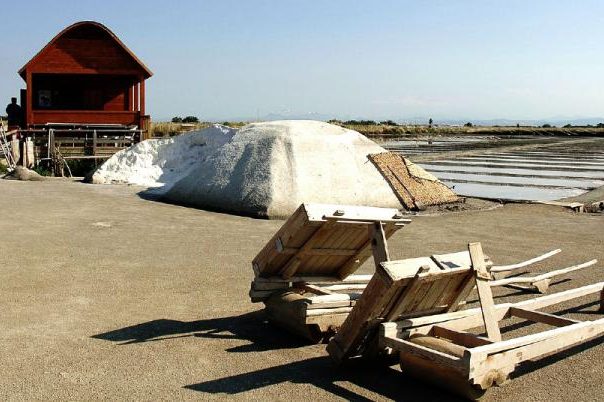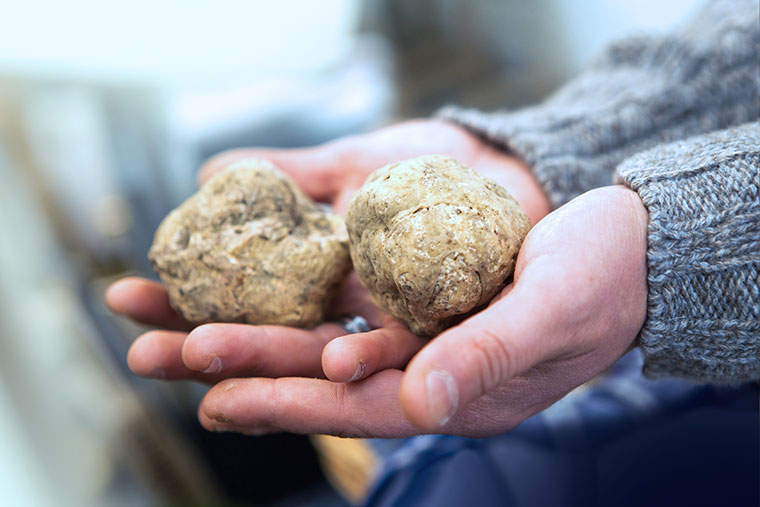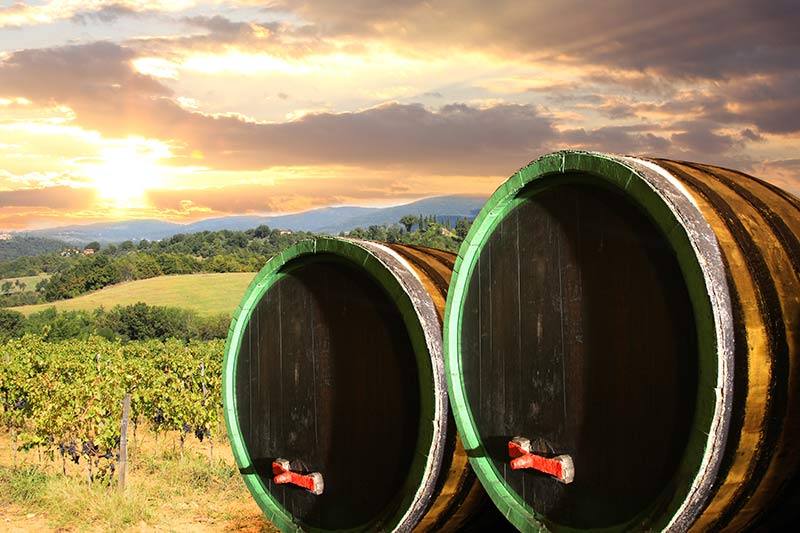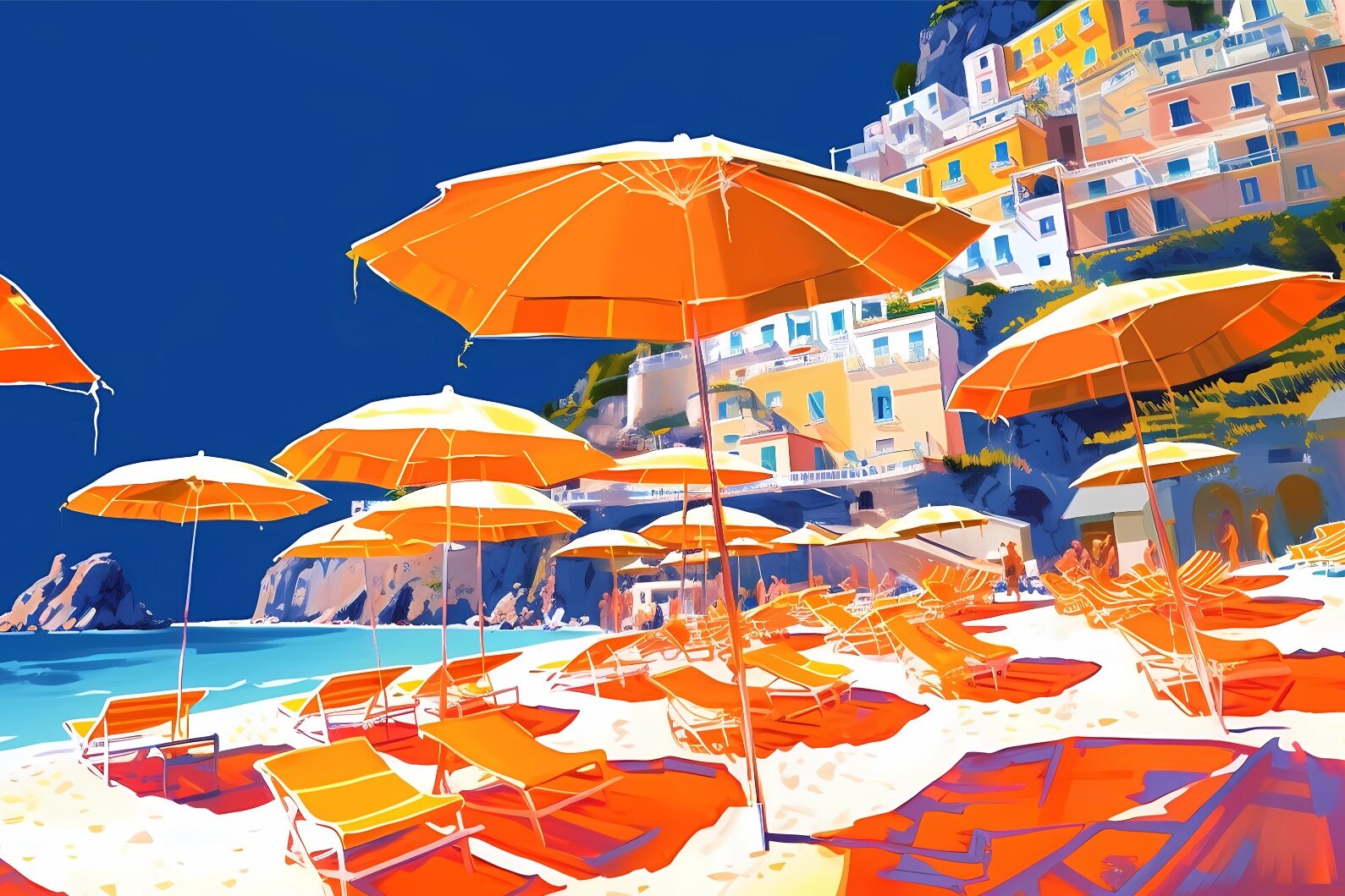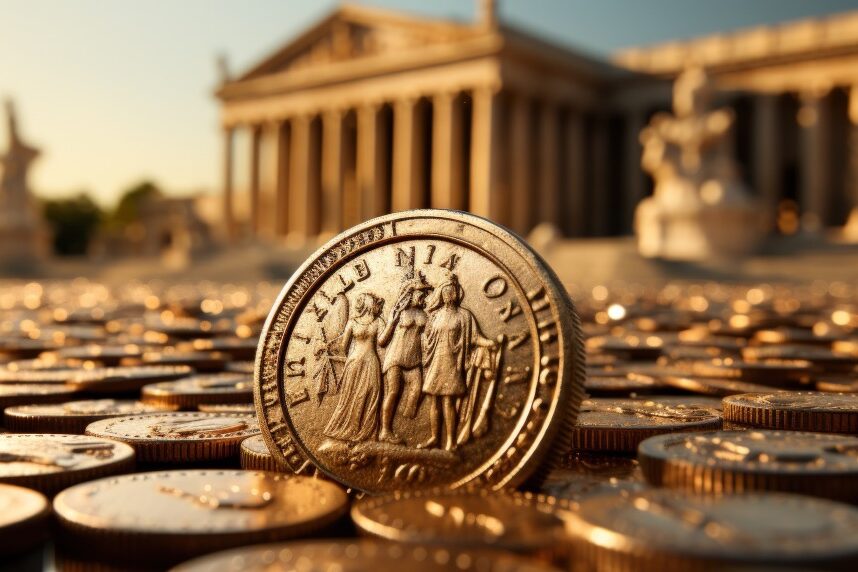Tuscany. If you’ve never been, I can guarantee you’ll be in awe of the beauty of its rolling vineyard filled hills, Cypress lined driveways and the golden glow that covers that land as the sun sets. They say it is one of the most beautiful places in Italy, so its no wonder that the world’s rich and famous have been BUYING up all of Tuscany for the last century…or more!
Although many of the most beautiful areas and ancient Villas have been bought up by rich foreigners much of ‘Chiantishire’ or simply Chianti, is still owned by the original families as is the case with the Villa Barberino that still belongs to the Conti Family.
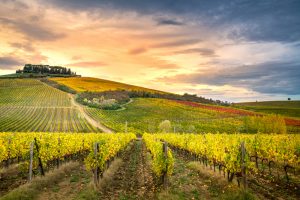
It was the 1800s and Nunzi Conti made some money selling pig fat for candles. With his second wife he had a son, Armando Gualtiero, who at 16, found himself taking over the family responsibilities as the “man of the house”. How times have changed, I’m not sure how many sixteen year olds would be ready to take over an entire family business nowadays!
During the war Armando Gualtiero was given the honorable position of water distribution and started one of Italy’s most important coffee companies, next only to Lavazza at the time! A stout business man, he sold off his coffee company and bought a lot of land in the region now defined as Chianti. This land, bought in the 1800s is still in the Conti Family and it houses one of the most prestigious vineyards “Elisa” where the Sangiovese grapes for the family’s Gran Selezione Chianti Classico are grown.
To understand the importance of the Chianti Classico definition we have to take a step back in time to 1716, it was then that the Grand Duke of Tuscany, Cosimo the Third, defined the specified boundary where the Sangiovese grapes for Chianti Classico wine could be grown in order to be considered real “Chianti”. In this way the Chiantishire area of Tuscany was born, and now under the direction of the Chianti Classico Consortium it is highly regulated.
The Chianti territory is known for a specific set of characteristics such as relatively low temperatures in the winter, dry hot summers, an altitude that ranges from 250 – 600 meters above sea level and of course the soil. All of the characteristics that make this land unfavorable for other crops actually make it the ideal terrain for the highest quality Sangiovese grapes.
For over 40 years the Consortium engaged in legal battles to define the territory and protect its producers from the ever growing number of vineyards producing Chianti wine outside of the original boundaries. It has been proven that wine made from the exact same type of grapes, with the same process and methods and bottled in the same way from outside of this geographic area was not as superior a quality as the wine from within the Chianti area. Geography, when it comes to wine, is everything.
And so, from the 1960s there is a differentiation between “CHIANTI CLASSICO”; wine from the Chianti area as defined in the 1700s and just “CHIANTI” wine, which is wine made with the same grapes and process from outside of the area.
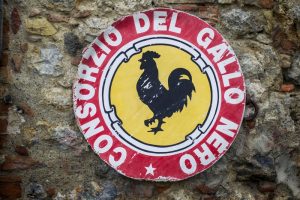
The Nunzi Conti family was instrumental in this important recognition because it was under Armando Gualtiero that the Chianti Classico definition was reinstated, bringing it back to its distinguishing characteristics and recognizing, on a world wide level, the importance of the area for the production of this unique wine.
2015, Marked the inauguration sale of Tenuta Nunzi Conti wines directly to the public under their own brand. Previously, they sold their premium wine to larger wineries (some of the most famous and expensive on the planet!) to be sold under other winery names. The transformation from a supplier to a branded winery began in 2006 and it has taken almost a decade for their first bottle to be ready! In 2012 they had the first Vendemmia, grape harvest, and the wine bottled in that year is now for sale internationally.
Many of us may not have noticed, but a revolution just took place in the wine world! From North America to Australia, wine producers have been pushing for more flexibility in terms of grape juice percentages needed to remain in a specific wine category. While the Chianti Classico producers have been pushing for STRICTER regulations, and like this the “Gran Selezione” level of Chianti Classico wine was born.
In order to produce Gran Selezione Chianti Classico, 100% of the Sangiovese wine MUST be produced by the VINEYARD ITSELF and NOT PURCHASED! Plus the wine must be aged a minimum of 30 MONTHS in the barrels plus at least 3 months in the bottle before being sold. A three year investment in aging not to mention all of the regulations around the bottling process and vintage process.
That is why the Tenuta Nunzi Conti is so special, on an international level they may be a small producer, however, they are one of the few wineries in the world able to produce the Gran Selezione quality of Chianti Classico.
If you’ve ever asked yourself why every bottle of Chianti Classico wine has a black rooster on it, the story is much more than a graphic design choice. In the Middle Ages the ongoing boundary feud between Siena and Florence caused the two cities to come up with a solution once and for all to define their territories. Together they chose a date in which two knights would each begin riding at sunrise from the centre of the cities, the idea being that they would meet in the middle.
Siena raised a beautiful white rooster to wake their knight on the fateful day, and fed him until he was good and fat. Florence instead, starved their black rooster and on the date of the race the rooster was so hungry that it started to crow before sunrise, causing Florence’s knight to set out early and acquiring much more land for the city.
And so the black rooster is the symbol for the Chianti region and for Chianti Classico wines!
You may not yet have heard of the Tenuta Nunzi Conti and their exceptional award-winning wine but keep your eyes open for them as this winery wrote the history of Chianti Classico and has only started its journey.




